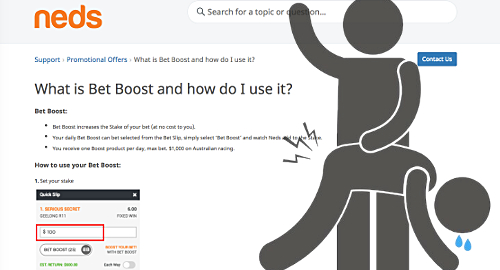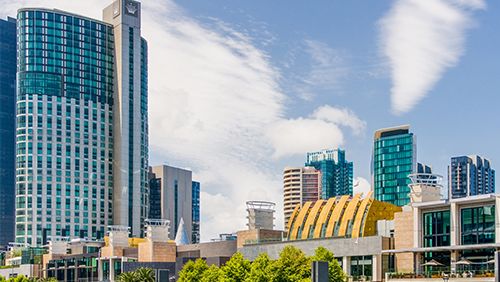Nsw Gambling Regulator
Posted By admin On 21/03/22Of the Gaming Machines Regulation 2002which is repealed on 1 September 2010 by section 10 (2) of the Subordinate Legislation Act 1989. This Regulation makes provision with respect to the following: (a) the general regulation and management of gaming machines in hotels and clubs. Chris Sidoti, the chairman of the NSW gambling regulator from 2008 to 2016, told 7.30 Crown should not open its Barangaroo casino until the Independent Liquor and Gaming Authority (ILGA) inquiry.


Liquor and Gaming boss explains why Crown casino opening blocked
The NSW gambling regulator has blocked Crown Resorts from opening its new Barangaroo casino next month.


An inquiry into allegations of money laundering at Crown won’t be released until next year, but the Independent Liquor and Gaming Authority said the risk would be too great to allow the casino to open.
Independent Liquor and Gaming Authority Chairman Philip Crawford told Ben Fordham they’re “not comfortable” allowing the casino to open until the decision from the inquiry is handed down.
“We have suggested to Crown they can open the other facilities they have there.”
Click PLAY below to hear the full interview
Nsw Gambling Legislation
Image:Getty/James D. Morgan
The Issue
Consultation period: 10/01/2020 9:00 am to 07/02/2020 5:00 pm
What’s this about?
A proposed Community Gaming Regulation 2020 has been developed to support the Community Gaming Act 2018 (CG Act), which has not yet commenced.
The CG Act and Community Gaming Regulation will replace the Lotteries and Art Unions Act 1901 (LAU Act) and the Lotteries and Art Unions Regulation 2014 (LAU Regulation).
The proposed Regulation includes:
- permitted gaming activities and key requirements
- when an authority is required for a gaming activity
- authority and conduct requirements, duration and costs of authorities
- general requirements for gaming activities
- advertising restrictions and audit requirements
- when penalty notices may be imposed.
The proposed Regulation retains many of the existing requirements for the conduct of gaming activities, but also modernises the legislation to introduce a more streamlined and principles-based approach to community gaming. Information in the conditions attached to permits, the fact sheets and the Fair Trading website have all been consolidated into the proposed Regulation to allow for a single point of reference. This aims to improve consumers’ and gaming operators’ accessibility to, and understanding of, the community gaming laws and reflects the NSW Government’s commitment to enhancing customer service.
The Regulatory Impact Statement explains the objectives and rationale of the proposed Regulation and its impacts.
What has happened so far?
In 2016–17, Liquor and Gaming NSW undertook a comprehensive public review of the LAU Act (OLGR Review) accompanied by targeted stakeholder consultation. The OLGR Review report noted the common view among key stakeholders that the LAU Act was complex, confusing and overly prescriptive.
Following the OLGR Review, the NSW Parliament passed the CG Act on 17 October 2018. The CG Act will introduce a new community gaming legislative framework for charitable, not-for-profit and social purposes, and for trade promotions in the commercial sector.
The proposed Regulation provides an updated regulatory regime that reflects contemporary standards and risks associated with specific gaming activities.
Next steps
The NSW Government is now seeking feedback on the proposed Community Gaming Regulation from 10 January 2020 to 7 February 2020. Once the consultation period has ended, the feedback will be analysed and the draft Community Gaming Regulation will be amended as required.
Milestones
- September 2017 – OLGR Review final report published
- 26 October 2018 – Community Gaming Act 2018 assented
- 10 January 2020 – Public consultation on the proposed Community Gaming Regulation begins
- 7 February 2020 – Public consultation deadline
Outcomes
During this consultation we received 20 submissions of which 2 were confidential. The remaining 18 submissions have been made publicly available with private information redacted where necessary.
All the submissions made during the consultation have been read and considered. All publishable submissions can now be found below.